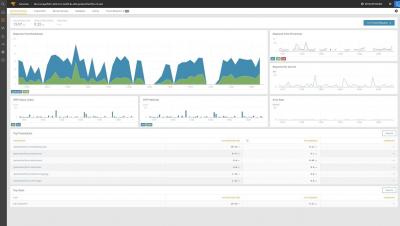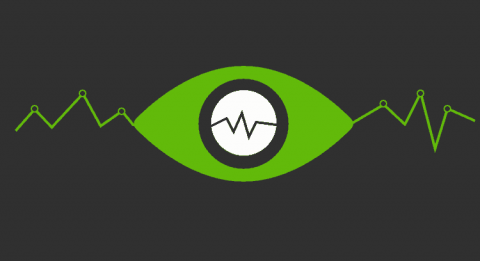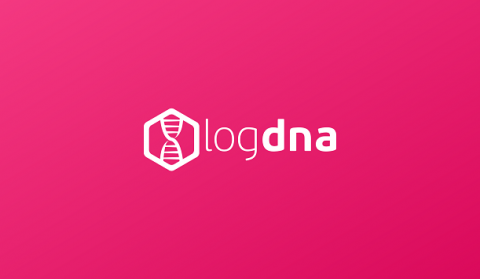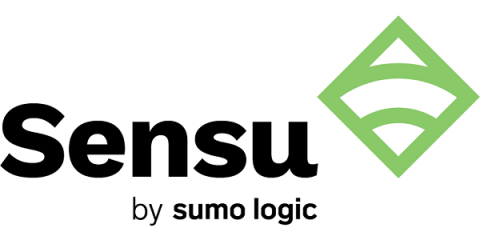Operations | Monitoring | ITSM | DevOps | Cloud
%term
SolarWinds Application Performance Monitor Overview
Top 3 Citrix Mistakes, Fixes and Tips - How to Become a Citrix Hero
Citrix deployments – needless to say but let me say it nevertheless – are complicated. There are too many moving parts, various dependencies, and myriad configurations and customizations. Ultimately, organizations expect seamless connectivity and access to virtualized applications and desktops for their employees and partners whenever and wherever.
Real-Time Operations Maturity: How Businesses Can Thrive in the Digital Era
It’s rare to find a business today that doesn’t rely on digital technologies and services. Retail is one example: Whether customers are buying online or in store, completing a transaction requires a website or point-of-sale system. The entire supply chain relies on IT services to deliver goods on time, to the right locations, and just like any company today, every department —from development and marketing, to HR and business services—has a critical tech stack.
Let's talk about Data Center Monitoring
The term Data Center Monitoring is used in the communications plan of some companies as if it were a product specially designed for this area. However, when it comes to these ideas we believe that they actually refer to a summary of monitoring tools facilities that are intended to support the work of Data Centre managers.
Machine Learning in IT & Digital Operations: Why Now, And What to Keep in Mind
You’ve just recovered from a critical application outage and your team is being asked to report on root cause and recommended remediation steps later this afternoon. Can you quickly analyze all the data, identify all the leading events, and discern which one was responsible for the cascading failure?
Near Real-Time Log Collection From Amazon S3 Storage
We are very excited to announce a new capability for our Amazon S3 sources. Until recently, the only method Sumo Logic used for discovering new data in an S3 bucket was periodic polling. However, with our new notification-based approach, users can now configure S3 sources such that Sumo Logic is notified immediately (via AWS SNS) whenever a new item is added to an S3 bucket, eliminating the need to wait for new objects to be discovered via periodic polling.
Announcing Advanced On-Premise and Multi-Cloud Logging Platforms
We’re excited to announce the general availability of our new On-Prem, Self-Hosted, and Multi-Cloud logging platforms. Our customers will have the capability to log data in their infrastructure of choice. Whether across multiple public/private clouds or within a customer’s own data center, logs can be viewed through a unified interface while addressing any data locality and performance requirements.
Alert fatigue, part 5: fine-tuning & silencing
By now you’ve learned about reducing the sheer amount of alerts you’re getting as well as automated triage and remediation. In this post, I’ll go into some extra steps you can take to further fine tune Sensu and cut down on alert fatigue.
AWS re:Invent-What do Black Friday and Cyber Monday Have in Common?
With the genesis of Amazon Web Services, enterprises of all sizes can now take advantage of the public cloud to deliver significantly more agility and control. With AWS, elastic infrastructure is easier to attain, and usage spikes are an afterthought. Only days apart, Black Friday and Cyber Monday are arguably the two biggest days in retail. They’re what make “web scale” a requirement for leading eCommerce organizations throughout the world.











